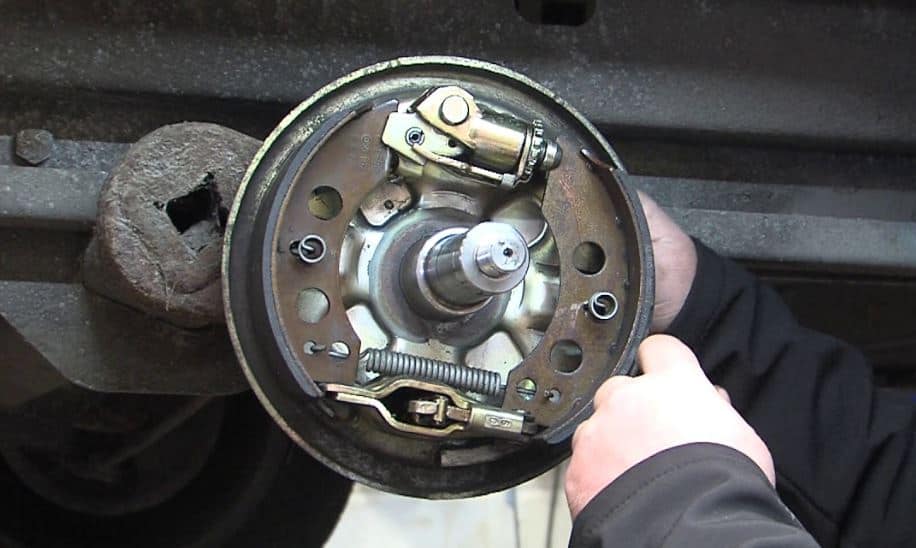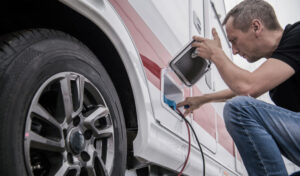Introduction: Emphasize the importance of regular brake checks for safety.
Understanding the Importance of Brake Checks: Caravan brakes play a pivotal role in ensuring the safety of both the vehicle’s occupants and other road users. Regular brake checks are not just a maintenance routine but a crucial safety measure. Overlooking this aspect can lead to reduced brake efficiency, which might result in accidents, especially when towing a heavy load.
Why Regular Checks Matter: The braking system of a caravan is complex, with multiple components working in tandem to bring the vehicle to a stop. With time and usage, these components can wear out or get damaged. Regular inspections help in early detection of potential issues, ensuring that they are addressed promptly, maintaining the caravan’s braking efficiency, and, by extension, road safety.
Understanding Caravan Brakes: A brief overview of how caravan brakes work.
The Basics of Caravan Brakes: Caravan brakes, much like any vehicle brakes, are designed to slow down or stop the vehicle by creating friction. This friction is typically generated by brake pads pressing against a brake disc or a brake shoe pressing against a brake drum. The force applied by the driver on the brake pedal is amplified through a series of hydraulic or electronic systems to deliver sufficient stopping power.
Different Types of Brakes: Caravans can be equipped with various types of brakes, including disc brakes, drum brakes, and electronic brakes. Disc brakes use brake pads and rotors, while drum brakes utilize brake shoes and drums. Electronic brakes, on the other hand, use electromagnets and friction to function. Understanding the type of brake system in a caravan is crucial for effective maintenance and checks.

Visual Inspection: Checking for visible signs of wear, rust, or damage.
The Importance of a Visual Check: One of the simplest yet most effective ways to assess the condition of caravan brakes is through a visual inspection. By examining the brake components, one can identify signs of wear, rust, cracks, or any other visible damage. This step is crucial as early detection can prevent minor issues from escalating into major problems.
What to Look For: During a visual inspection, it’s essential to check the brake pads for thinning, the brake discs for cracks or warping, and the brake lines for any signs of leakage. Additionally, any rust on the brake components can indicate prolonged exposure to moisture, which can compromise the brake’s efficiency. Ensure that all parts are securely fastened and that there’s no debris obstructing the brake mechanism.
Brake Fluid Check: Importance of maintaining proper brake fluid levels and checking for leaks.
Role of Brake Fluid: Brake fluid plays a crucial role in the hydraulic braking system. When the brake pedal is pressed, the brake fluid transfers the force from the pedal to the brake calipers, enabling them to clamp down on the brake discs. Maintaining the correct brake fluid level ensures that the braking system functions optimally, providing the necessary stopping power.
Checking for Leaks and Fluid Level: It’s essential to regularly check the brake fluid reservoir to ensure that the fluid is within the recommended levels. If the fluid level drops rapidly, it might indicate a leak in the system, which can compromise brake efficiency. The fluid should also be clear and free from contaminants. If it appears dark or murky, it might be time for a brake fluid change.

Brake Pad and Shoe Inspection: How to check for wear and when to replace them.
Understanding Brake Pads and Shoes: Brake pads and shoes are the components that create friction against the brake discs and drums, respectively. Over time, due to the constant friction, these components wear down. Worn-out brake pads or shoes can reduce the braking efficiency, leading to longer stopping distances and potential safety risks.
When to Replace: It’s recommended to check brake pads and shoes for wear regularly. Most brake pads have a wear indicator that shows when they are nearing the end of their lifespan. If the brake pad’s thickness is less than a quarter of an inch, it’s time to consider replacing them. Similarly, brake shoes should be replaced if they show signs of excessive wear or damage. Regularly inspecting and replacing these components ensures consistent braking performance and safety.
Brake Discs and Drums: Checking for cracks, warping, or other damages.
Understanding Brake Discs and Drums: Brake discs (or rotors) and drums are the components against which the brake pads and shoes press to create the necessary friction for stopping. The discs are part of the disc braking system, while the drums are part of the drum braking system. Due to the constant friction and heat generated during braking, these components can wear out or get damaged over time.
Signs of Wear and Damage: Regular inspection of brake discs and drums is essential. For discs, look for signs of warping, cracking, or deep grooves. Warped discs can cause the brakes to pulsate when applied. Drums, on the other hand, should be checked for scoring or uneven wear. Any significant damage or wear on these components can compromise the braking efficiency and should be addressed promptly, either by resurfacing or replacement.
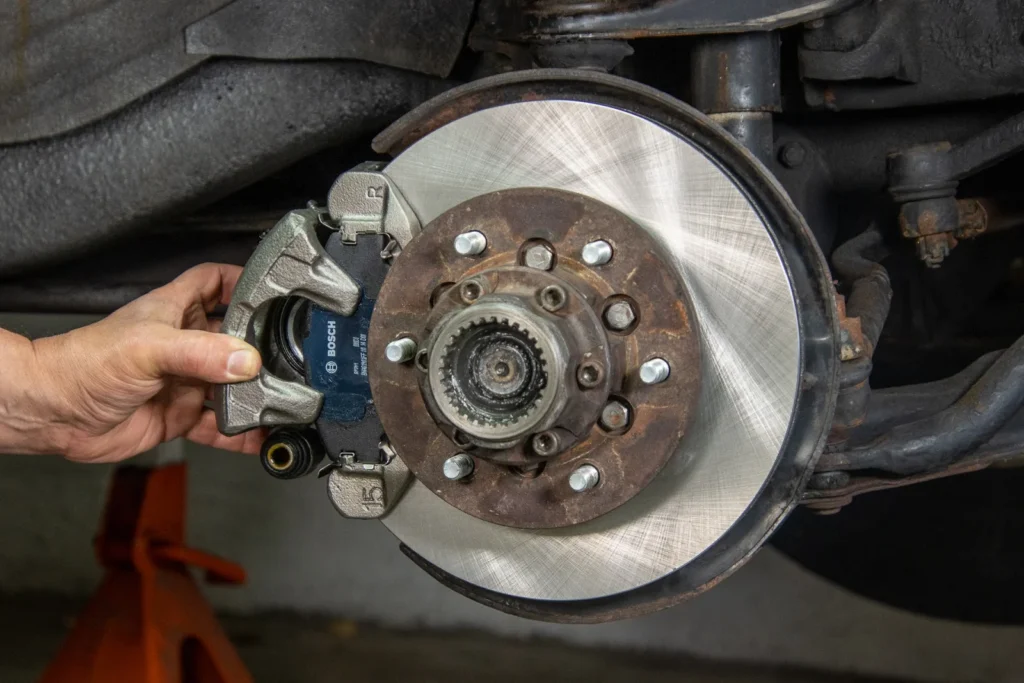
Brake Lights and Signals: Ensuring they work properly as they indicate when brakes are applied.
The Role of Brake Lights: Brake lights are a critical safety feature in any vehicle, including caravans. They alert other road users when the vehicle is slowing down or coming to a stop. Given their importance in preventing rear-end collisions, it’s crucial to ensure they are always in working order.
Regular Checks and Maintenance: It’s advisable to regularly check the brake lights for functionality. This can be done by pressing the brake pedal and having someone observe the lights or using a reflection from a window or mirror. If a light isn’t working, it might be due to a burnt-out bulb, a fuse issue, or a wiring problem. Regularly inspecting and promptly addressing any issues ensures that other drivers are always aware of your intentions on the road.
Hand Brake Test: How to test the effectiveness of the hand brake.
Understanding the Hand Brake: The hand brake, also known as the parking brake, is a mechanical braking system used to keep the vehicle stationary when parked. It operates independently of the main braking system and is crucial for ensuring the caravan remains stationary, especially on inclines.
Testing its Effectiveness: To test the hand brake’s effectiveness, park the caravan on a flat surface and engage the hand brake. The caravan should remain stationary without any signs of movement. If the caravan rolls or the hand brake lever travels too far without resistance, it might indicate that the hand brake needs adjustment or that the cables are stretched and need replacement.
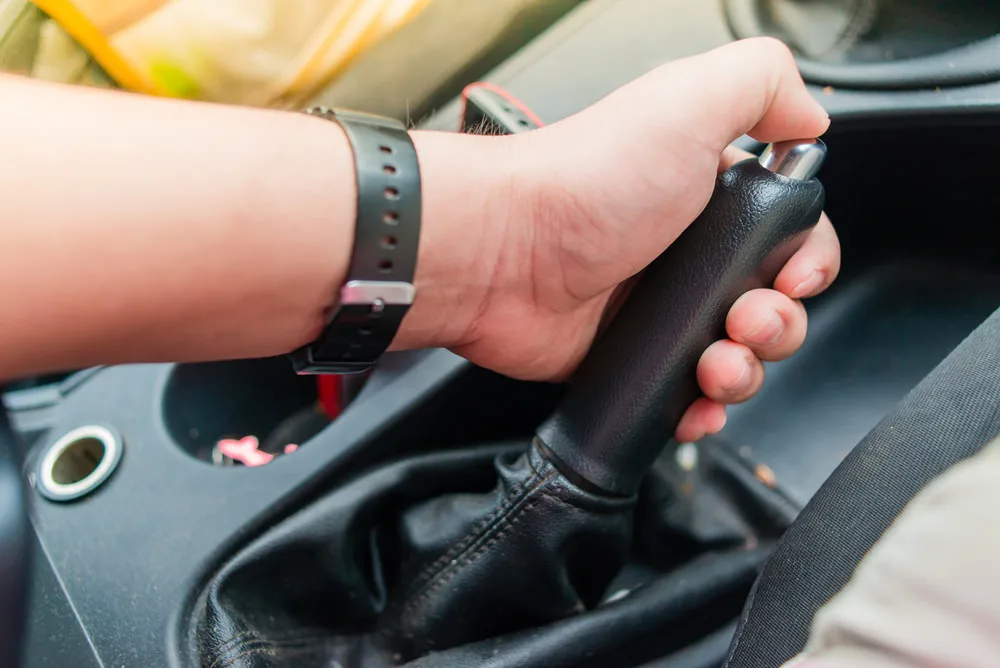
Emergency Braking System: Importance and how to test its functionality.
Role of the Emergency Braking System: The emergency braking system, often referred to as the breakaway system, is designed to apply the caravan’s brakes automatically if it gets detached from the towing vehicle. This system is crucial for preventing runaway caravans, which can pose significant safety risks.
Testing the System: To test the emergency braking system, the caravan should be stationary. Pull the breakaway cable or pin to simulate a detachment. The caravan’s brakes should engage immediately. After testing, ensure the cable or pin is reset correctly. Regularly inspect the cable for wear or damage and ensure that the system’s battery (if present) is charged and functional.
Maintenance Tips: Regular practices to prolong the life of your caravan’s braking system.
The Importance of Regular Maintenance: Regular maintenance of the caravan’s braking system not only ensures safety but also prolongs the lifespan of the brake components. By addressing minor issues promptly, one can prevent them from escalating into major problems that might require expensive repairs or replacements.
Effective Maintenance Practices: Some effective maintenance practices include regularly cleaning the brake components to remove dust and debris, lubricating moving parts, and replacing worn-out components promptly. It’s also advisable to avoid sudden or harsh braking, which can cause excessive wear. Periodic professional inspections can also help identify and address potential issues before they become significant problems.
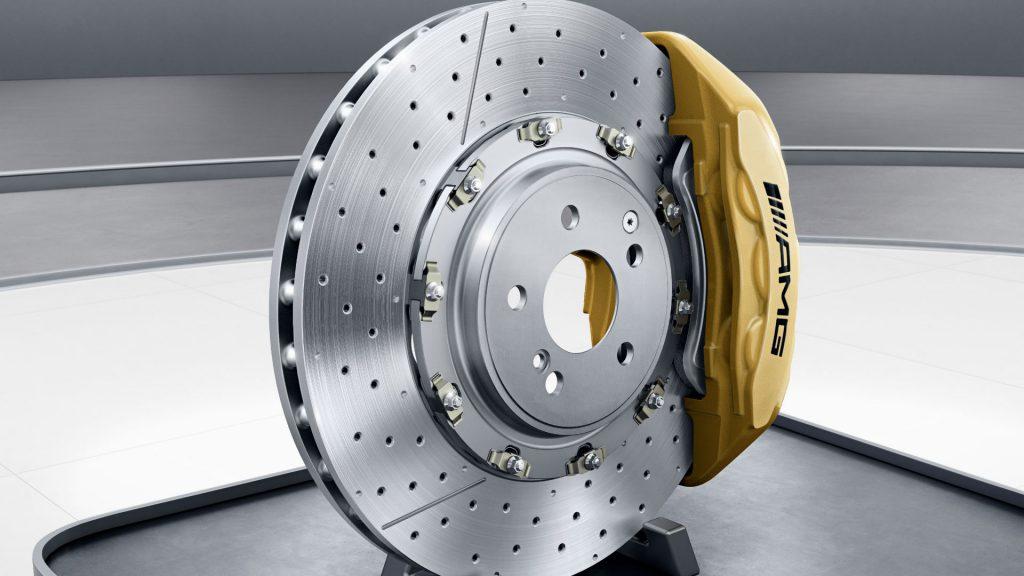
Conclusion:
Ensuring the optimal functionality of a caravan’s braking system is not just a matter of maintenance; it’s a paramount safety concern. As caravans are often used for long journeys and carry significant weight, the demands on their braking systems are immense. From the intricacies of the brake pads and discs to the vital signals of brake lights, every component plays a crucial role in ensuring a safe journey.
Regular inspections, understanding the nuances of each brake component, and proactive maintenance are the cornerstones of preventing potential mishaps on the road. Moreover, with the advent of advanced braking technologies and systems, caravan owners are equipped with better tools than ever to ensure safety. However, this also comes with the responsibility of understanding and maintaining these systems. In conclusion, while the joy of caravan travel is unparalleled, it’s essential to remember that the journey’s safety hinges on the effectiveness of its brakes. Prioritize regular brake checks and maintenance to ensure that every adventure is not only memorable but also safe.
